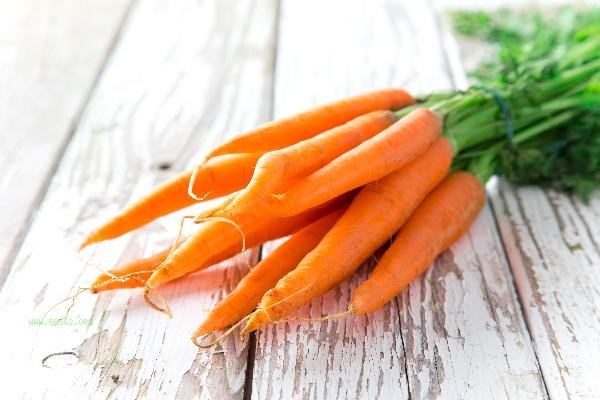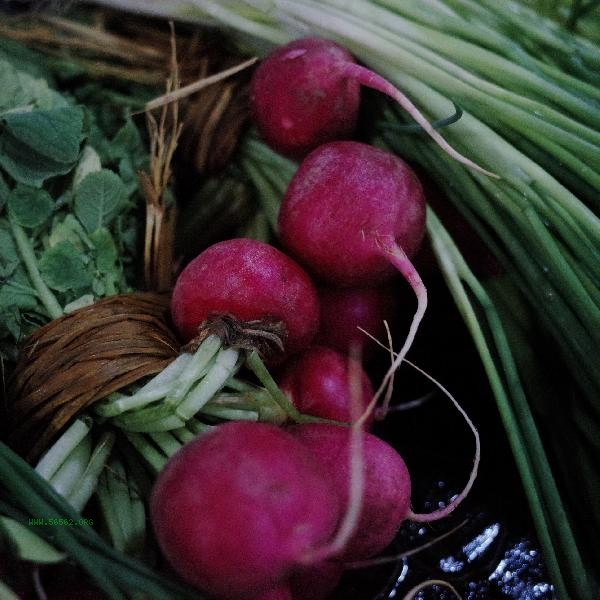Carrots that are too spicy can be alleviated by soaking, heating, or pairing with other ingredients. The spiciness mainly comes from the glucosinolates in radish, and appropriate methods can effectively reduce irritation. Soak the sliced radish in cold water for about half an hour to dissolve some spicy ingredients. Adding a small amount of salt or sugar to water can accelerate the precipitation of spicy substances while maintaining the crispy and tender taste of radish. The acidic environment of white vinegar or lemon juice can neutralize alkaline and spicy substances. After soaking, rinse thoroughly. This method is suitable for pre-treatment of cold mixed or raw radish.

High temperatures can decompose spicy substances, blanching or stir frying is the fastest way to remove spiciness. Blanching in boiling water for 30 seconds and then supercooling can retain most of the nutrients while removing over 70% of the spiciness. Steaming for 15 minutes can make the radish completely sweet, suitable for stewing soup or making fillings. Adding a small amount of cooking oil during heating can help evaporate fat soluble spicy ingredients. Combining ingredients rich in starch or protein can effectively neutralize spicy flavors. Boiling with potatoes and yams can make the soup mellow and non irritating, while stewing with meat can transform spiciness into freshness. Casein in dairy products can encapsulate spicy molecules, and dipping in yogurt or cheese sauce can instantly alleviate the burning sensation in the mouth. The sweetness of honey can suppress the sensitivity of spicy nerves and is suitable for seasoning when consumed by children.
Choosing white radish with smooth skin and heavy weight is usually less spicy, and spring radish is milder than winter varieties. Removing the radish skin and spicy parts of the head can reduce the spiciness by more than half, and the central part is more suitable for raw consumption. Keep dry and ventilated during storage to avoid sprouting and increasing spiciness. For people who are sensitive to spicy flavors, it is recommended to choose small varieties such as cherries and radishes, or to consume them in small portions after cooking. The degree of spiciness of radish is closely related to the variety, growth environment, and storage time. Proper handling can preserve the nutritional value of radish in promoting digestion and enhancing immunity, while also improving the eating experience. Processed radish can be made into refreshing kimchi, sweet soup, or side dishes in daily life. It is important to avoid consuming raw radish on an empty stomach for those with weak gastrointestinal health. Adjust the consumption and processing methods according to personal tolerance, gradually adapting to better enjoy the health benefits of radish.










Comments (0)
Leave a Comment
No comments yet
Be the first to share your thoughts!